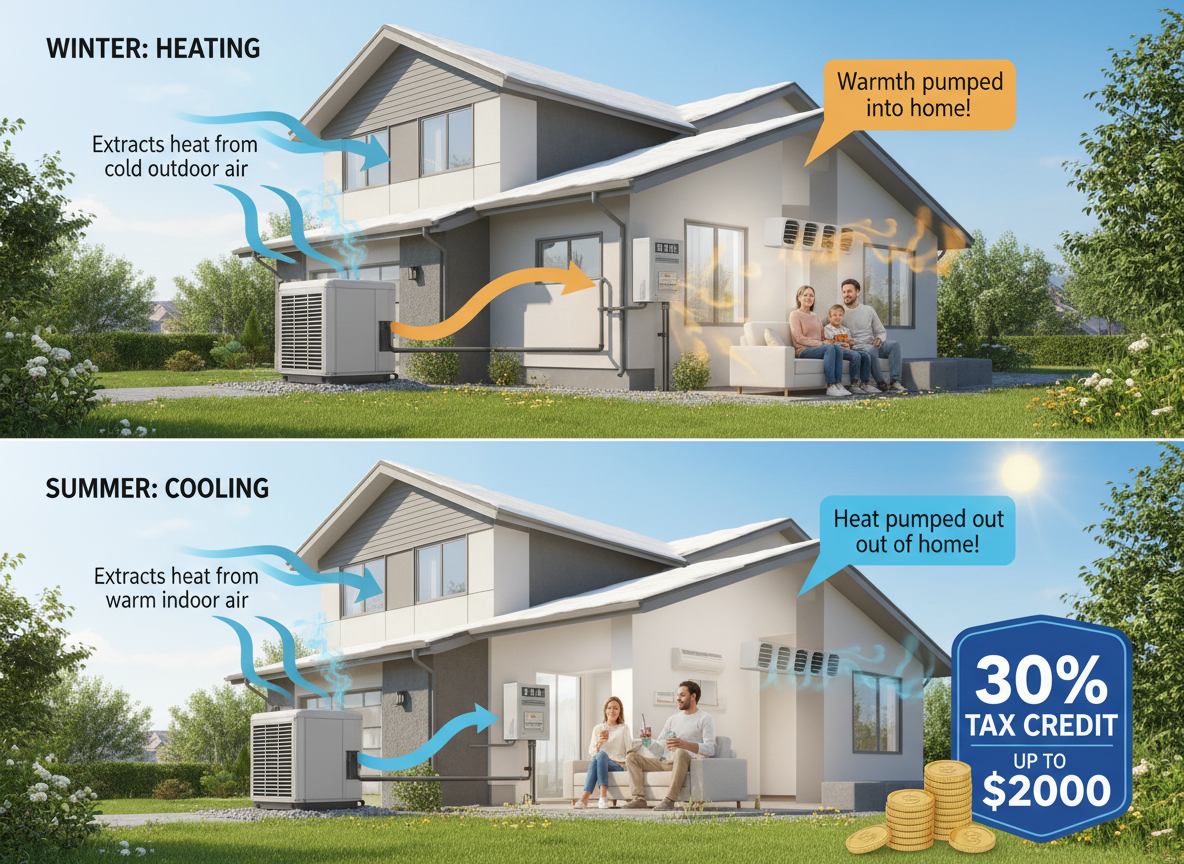
The heat exchanger is the furnace component responsible for heating the air that circulates through and warms up your home. In a gas furnace the heat exchanger exchanges heat from the combustion process to the air blown over it and keeps the toxic combustion gases separate from the heated air dispersed in your home.
The poisonous gases inside the heat exchanger are vented out of the home through the flue pipe. A cracked heat exchanger is dangerous to you and your family as it may allow deadly carbon monoxide gas to leak out of the furnace and into your home. Carbon monoxide is a significant threat because it is odorless and colorless and in significantly high levels is fatal. To help you avoid negative consequences of a broken furnace, in this article we discuss damaged heat exchanger signs.
Yellow Flames
Furnace flames should be blue because they are ignited in a sealed combustion chamber. If the furnace flames turn yellow, this could mean a cracked heat exchanger or debris on the burner. A yellow flame likely means there are more heating issues with the furnace so contact a professional to assess the problem and prevent further furnace damage from occurring.
Strange Odors
A malfunctioning heat exchanger will create an unpleasant odor. Unpleasant odors are usually created by formaldehyde and other similar substances that can be dangerous to you and your family when inhaled. Never ignore strange furnace smells and contact an HVAC professional for furnace repair as soon as possible.
Soot Buildup
As part of furnace operation your furnace will generate a small amount of soot. A faulty heat exchanger or damaged burners will cause incomplete combustion creating a lot of soot as a byproduct. As part of routine furnace maintenance, we can expertly inspect your unit and provide you with solutions for repair.
Loud Sounds
Some furnace sounds are normal, but a cracked heat exchanger can produce a variety of loud, unusual sounds such as banging, popping, whistling, and rattling. If you notice ant strange sounds coming from your furnace cabinet it is best to call an HVAC expert for furnace repair.
Visible Corrosion and Cracks
As the furnace ages it is normal for a furnace to show signs of deterioration on the access panel. However, the disintegration of the heat exchanger as it ages can cause a carbon monoxide leak. Heat exchanger cracks and corrosion occurs as a result of wear and tear due to the constant contraction and expansion. If you do a visual check of your furnace and see any cracks or corrosion on the heat exchanger it is best to address as soon as possible with a professional.
It is important to schedule routine furnace maintenance yearly and have a professional inspect your furnace and its components.
CO Detector Alarm Goes Off
Carbon monoxide (CO) is an odorless, colorless, and tasteless flammable toxic gas. A carbon monoxide leak may result from a cracked heat exchanger which can cause your CO detector alarm to go off from the concentrated CO levels in your home. The first step if this happens is to evacuate the home and call 911, as high levels of CO can be fatal within hours. This is why having a functional CO detector in your home is important. However, do not completely rely on a CO alarm to discover your have a damaged heat exchanger. It is important to schedule yearly furnace maintenance for a professional to inspect the furnace and its components.
Health Issues within Household Members
A cracked heat exchanger can result in toxic gases such as sulfur, nitrous dioxide and carbon monoxide to leak into your home. These gases are dangerous to your health and can lead to negative physical symptoms for you and your family such as nausea, headache, fatigue and other flu-like symptoms.
Contact LA Heating & Air
If you suspect you have a damaged heat exchanger or have a malfunctioning furnace, we advise you to book a furnace repair appointment as soon as possible. If you have a damaged heat exchanger you can either replace the heat exchanger or complete furnace replacement. Give us a call today or contact us online and we can advise you on what the best course of action would be for you. You can also contact us to schedule your yearly furnace maintenance, we are here to help you stay warm this winter.
Damaged Heat Exchanger Signs Related Posts:






















.png)














